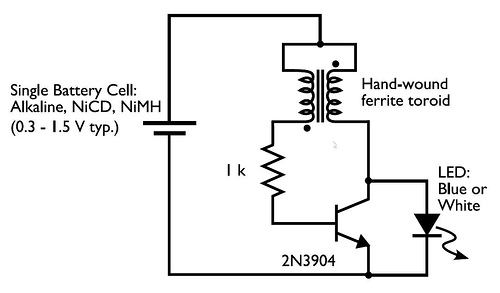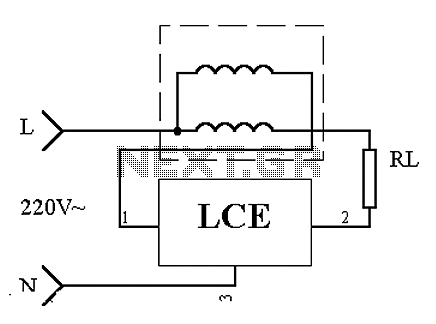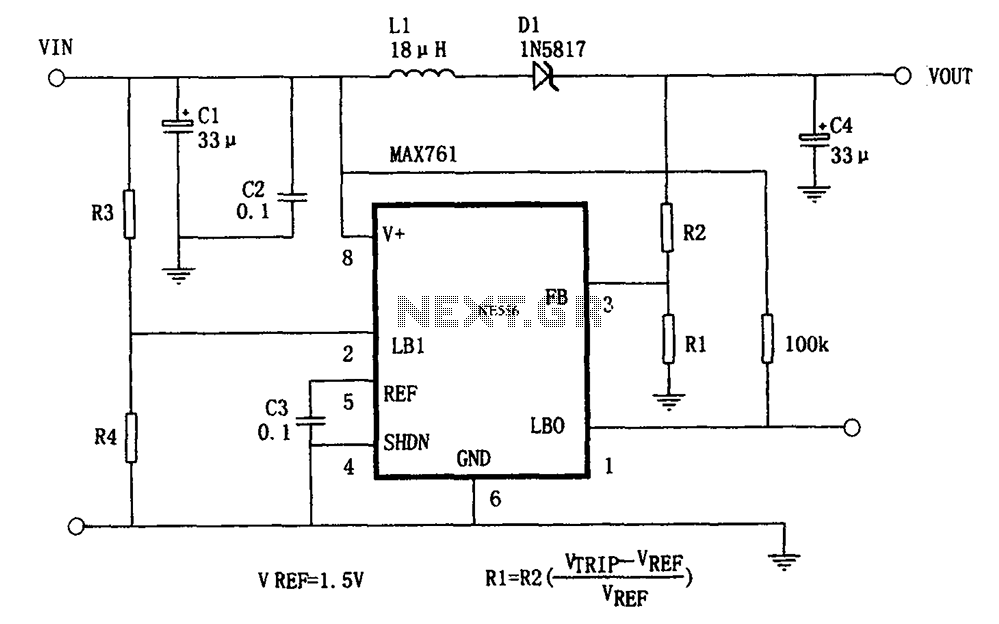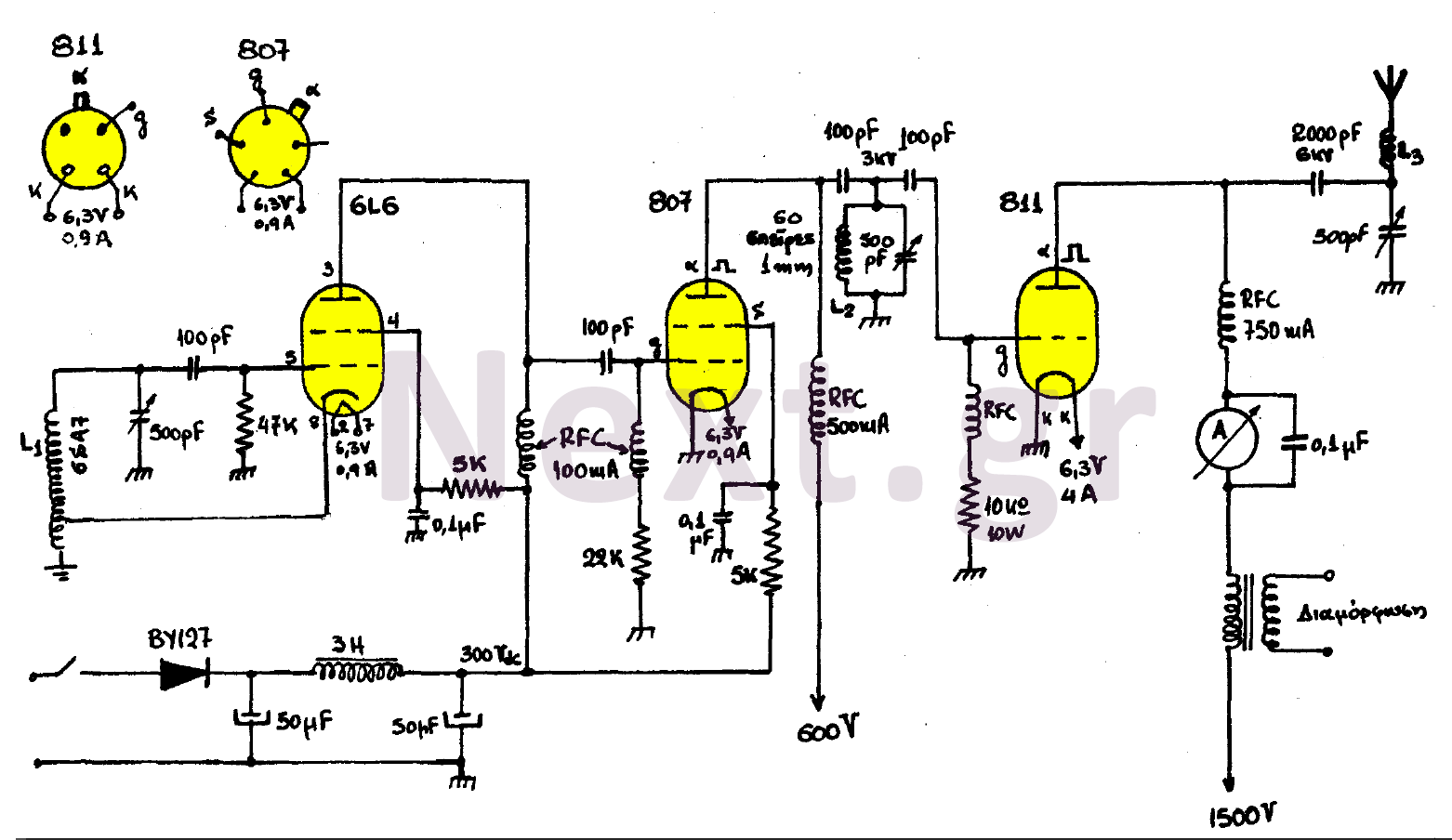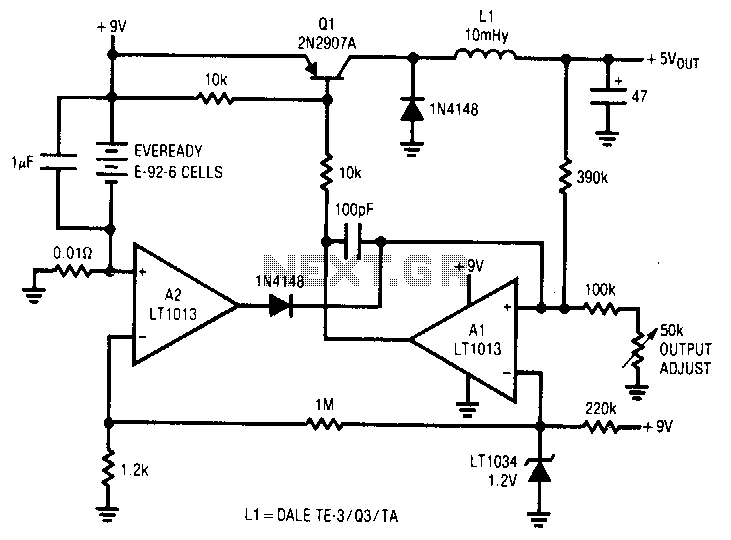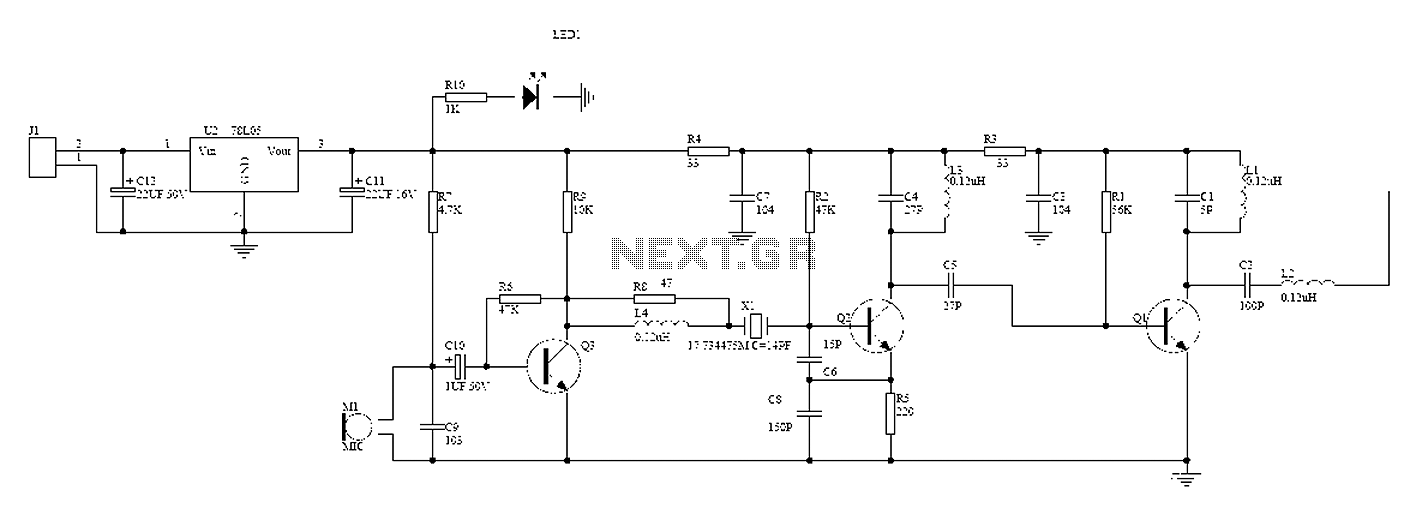
Using AC power without power transistor switching circuit a
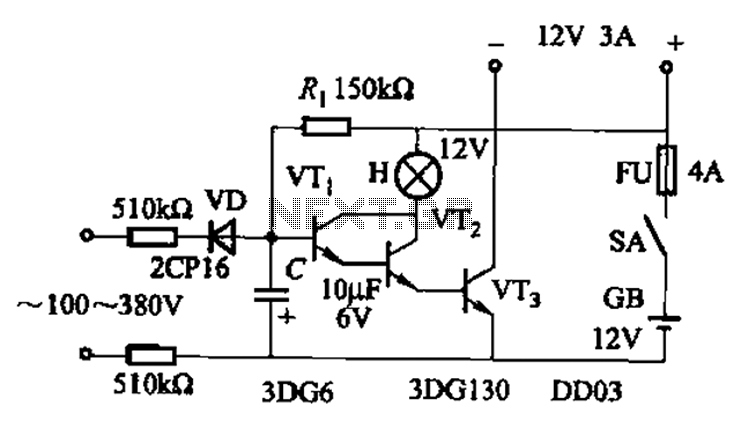
An AC-DC power supply without a power switching circuit is typically utilized for lighting load circuits. Once the power grid is restored, the standby power supply automatically switches on. An automatic switching circuit using a transistor is implemented, with a switching time of less than 1 second. Figure (a) illustrates a straight stream 12V standby power supply; Figure (b) depicts a DC 24V standby power supply; Figure (c) represents AC backup power.
The described AC-DC power supply system is designed to provide reliable power for lighting applications, ensuring continuity of operation during power outages. The absence of a power switching circuit simplifies the design, which is particularly advantageous in applications where reliability and ease of maintenance are paramount.
The automatic switching functionality is achieved using a transistor-based circuit. This circuit monitors the state of the power grid and activates the standby power supply as soon as the main power is restored. The quick switching time of less than 1 second ensures minimal disruption to the lighting load, making it suitable for environments where constant illumination is critical, such as in emergency lighting systems or security applications.
In the schematic representation, Figure (a) demonstrates the configuration for a 12V DC standby power supply. This setup typically includes a transformer to step down the voltage, a rectifier to convert AC to DC, and a smoothing capacitor to stabilize the output voltage. Figure (b) shows a similar configuration for a 24V DC standby power supply, which may involve additional components such as voltage regulators to ensure consistent output under varying load conditions. Figure (c) illustrates the AC backup power system, which may incorporate an inverter to convert DC back to AC, allowing for compatibility with standard AC lighting fixtures.
Overall, this power supply design emphasizes efficiency, rapid response to power restoration, and adaptability to various voltage requirements, making it a versatile solution for diverse lighting applications.AC-DC power supply without power switching circuit normally used for lighting load circuit, once the power grid or power is restored, the standby power supply automatic switchi ng immediately. Automatic switching circuit using a transistor as shown, the automatic switching time less than Is. Figure (a) applies to straight stream 12V standby power supply; Fig. (B) for DC 24V standby power supply; FIG. (C) For AC backup power.
The described AC-DC power supply system is designed to provide reliable power for lighting applications, ensuring continuity of operation during power outages. The absence of a power switching circuit simplifies the design, which is particularly advantageous in applications where reliability and ease of maintenance are paramount.
The automatic switching functionality is achieved using a transistor-based circuit. This circuit monitors the state of the power grid and activates the standby power supply as soon as the main power is restored. The quick switching time of less than 1 second ensures minimal disruption to the lighting load, making it suitable for environments where constant illumination is critical, such as in emergency lighting systems or security applications.
In the schematic representation, Figure (a) demonstrates the configuration for a 12V DC standby power supply. This setup typically includes a transformer to step down the voltage, a rectifier to convert AC to DC, and a smoothing capacitor to stabilize the output voltage. Figure (b) shows a similar configuration for a 24V DC standby power supply, which may involve additional components such as voltage regulators to ensure consistent output under varying load conditions. Figure (c) illustrates the AC backup power system, which may incorporate an inverter to convert DC back to AC, allowing for compatibility with standard AC lighting fixtures.
Overall, this power supply design emphasizes efficiency, rapid response to power restoration, and adaptability to various voltage requirements, making it a versatile solution for diverse lighting applications.AC-DC power supply without power switching circuit normally used for lighting load circuit, once the power grid or power is restored, the standby power supply automatic switchi ng immediately. Automatic switching circuit using a transistor as shown, the automatic switching time less than Is. Figure (a) applies to straight stream 12V standby power supply; Fig. (B) for DC 24V standby power supply; FIG. (C) For AC backup power.
